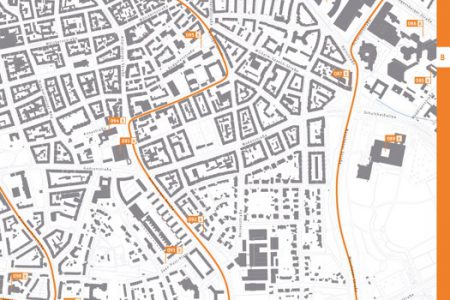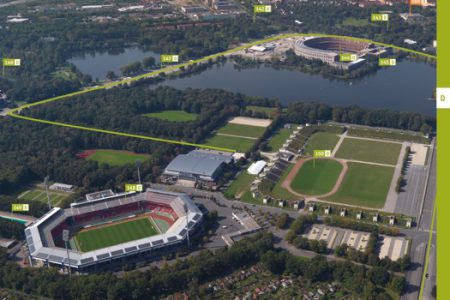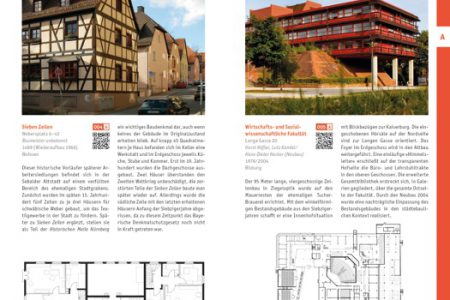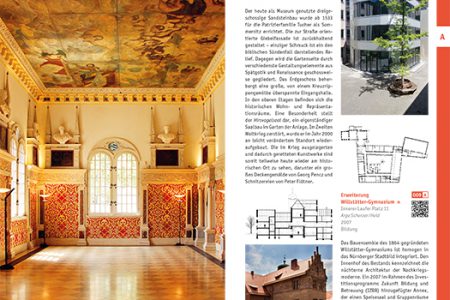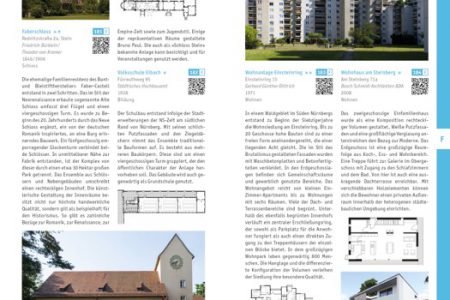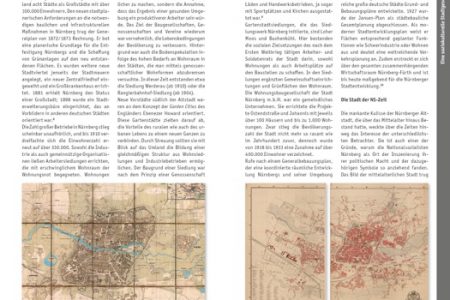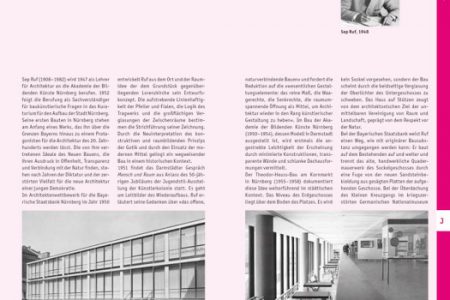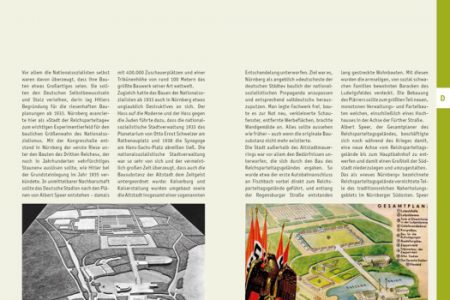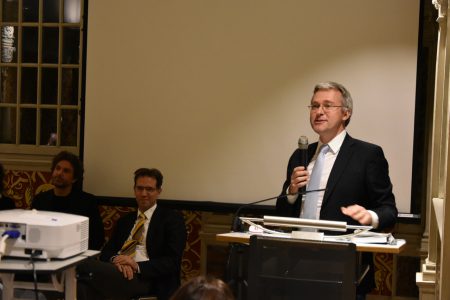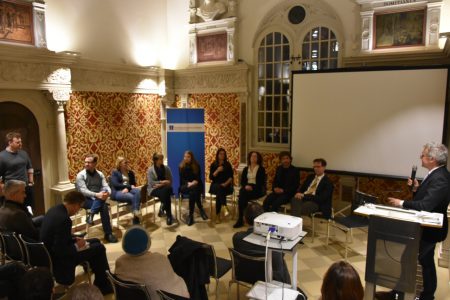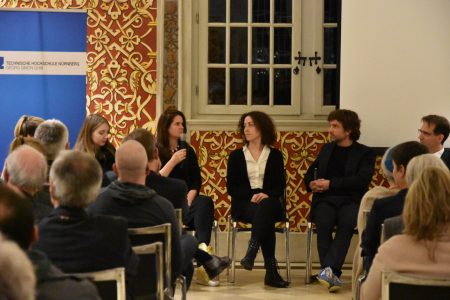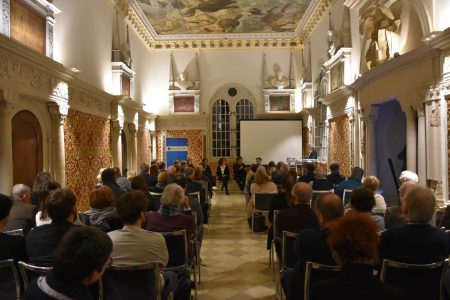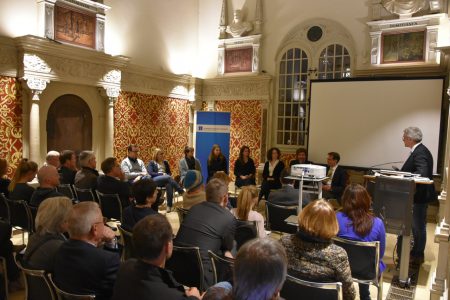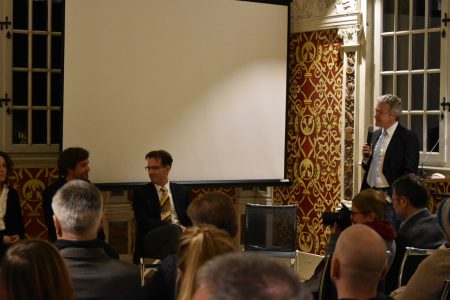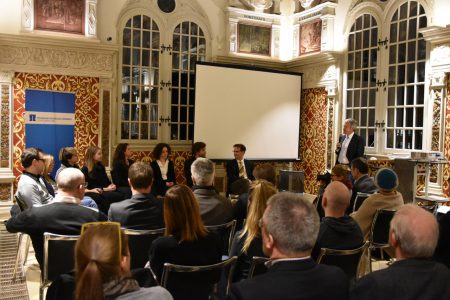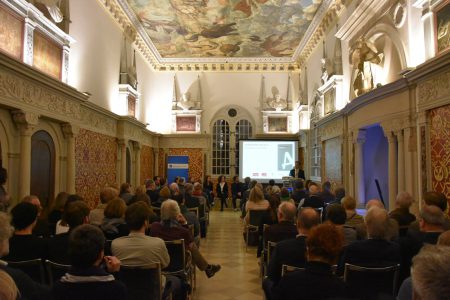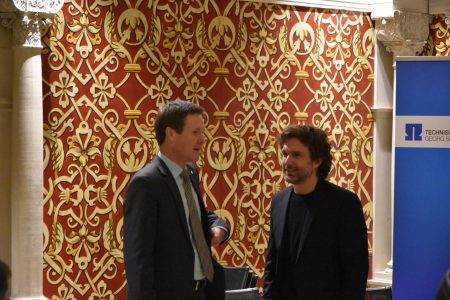Nuremberg Architectural Guide
Nuremberg assumes a special role in German history: location of the Imperial Diet of the Holy Roman Empire, important center of German new humanism, yet also city of the Nuremberg Rallies of the National Socialist Era and location of the Nuremberg trials.
The city experienced rapid development in the recent past. It constitutes the economic and cultural center of the Nuremberg metropolitan region as well as an important industrial and trade fair location. Its changing political fate is reflected in its urban images, and its built environment comprises an exciting interplay between tradition and modernity, ranging from the quaint historic city center to the hustle and bustle of the modern metropolis.
This architectural guide offers a comprehensive documentation of Nuremberg’s rich and complex architecture and urban design. Ten “tours” lead from the center to the periphery. Altogether 245 buildings spanning 800 years of urban history are presented. This is complemented by nine essays that illuminate the background and history of planning and building this important German city. The “Nuremberg Architectural Guide” is the result of the collaboration between students of the Faculty of Architecture and the Faculty of Design. Within this project, they produced an in-depth investigation on the architectural complexity of this city. Three years of research led to a state-of-the-art reference book, published within the architecture series of the renowned DOM Publishers.
134 × 245 mm, 368 pages
500 illustrations, softcover
ISBN 978-3-86922-276-9 (German)
DOM Publishers
http://www.dom-publishers.com/products/de/Architekturfuehrer/Architekturfuehrer-Nuernberg.html
Project duration: 2012 – 2015
Primary publication: January 2016
Editor: Prof. Dr. Richard Woditsch
Contributors: Rosa Bui, Katrin Hauner, Prof. Nadja Letzel, Petra Rapp, Prof. Yvonne Seidel, Dr. André Fischer, Petra Simon, Katinka Strassberger, Martina Sutter-Kress, Kathrin Utz, Prof. Dr. Max Ackermann, Niels Beintker, Wolfram Janzer, Dr. Mark Kammerbauer, Prof. Dr. Hartmut Niederwöhrmeier, Michael Pfisterer, Prof. Josef Reindl, Dr. Alexander Schmidt, Prof. Michael Stösslein and more than 200 students of the Faculty of Architecture and the Faculty of Design

